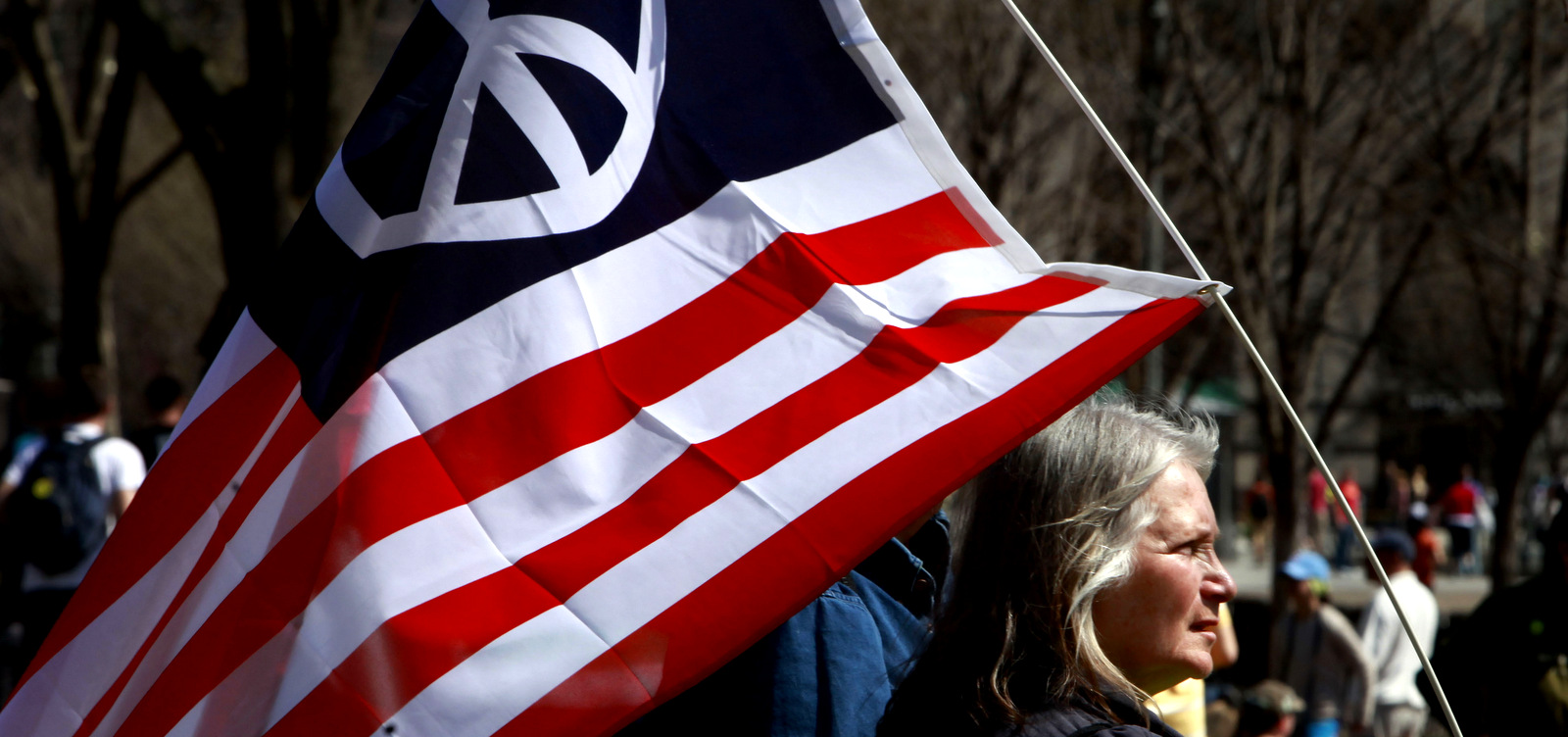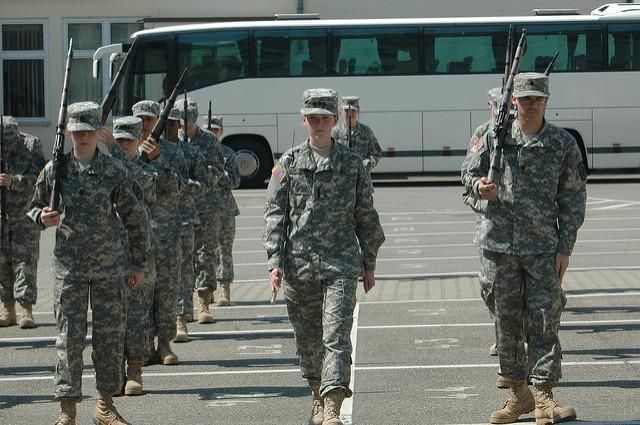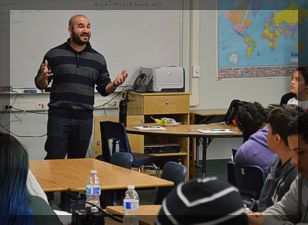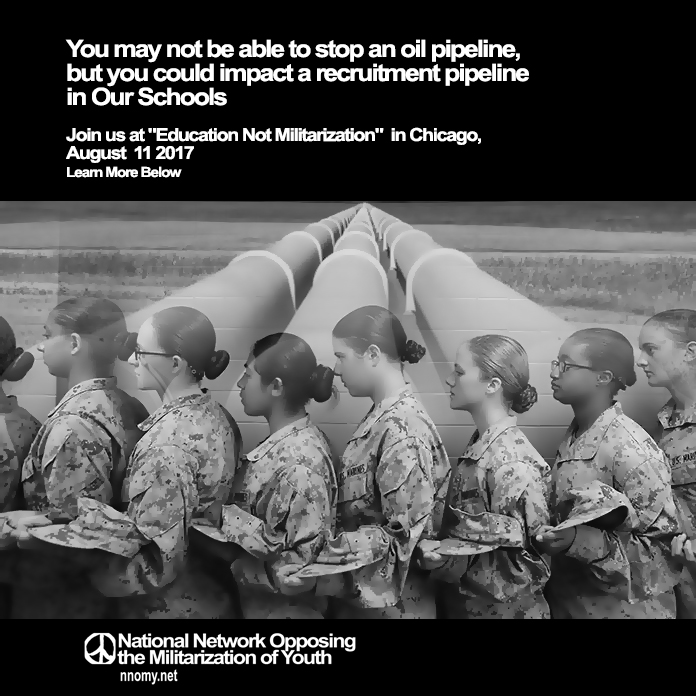English | español | NNOMY WMOP Home
The reasons that the Women's March on the Pentagon is a women's march are many. Not only is there a historical precedent for a women-led antiwar march, women from all walks of life, from countries that have both been victims of and aggressors in conflict, from past generations or those living today, are adversely affected by war at far a greater rate than men. These claims are supported by statistics though those same statistics and realities of war are often swept under the rug or excused as necessary collateral damage. It is time for all victims of war to be acknowledged and for the victimization of women to end.
In 2004, Common Dreams reported that "women and children account for almost 80% of the casualties of conflict and war as well as 80% of the 40 million people in world who are now refugees from their homes." But the harm done to women due to conflict does not simply stop there. For generations, women have been traded as goods, their bodies treated as commodities or objects free for the taking, not only during actual combat but simply when they are at or in the vicinity of a military base.
Irene Khan of Amnesty International states that "women and girls are not just killed, they are raped, sexually attacked, mutilated and humiliated. Custom, culture and religion have built an image of women as bearing the 'honour' of their communities. Disparaging a woman's sexuality and destroying her physical integrity have become a means by which to terrorize, demean and 'defeat' entire communities, as well as to punish, intimidate and humiliate women."












